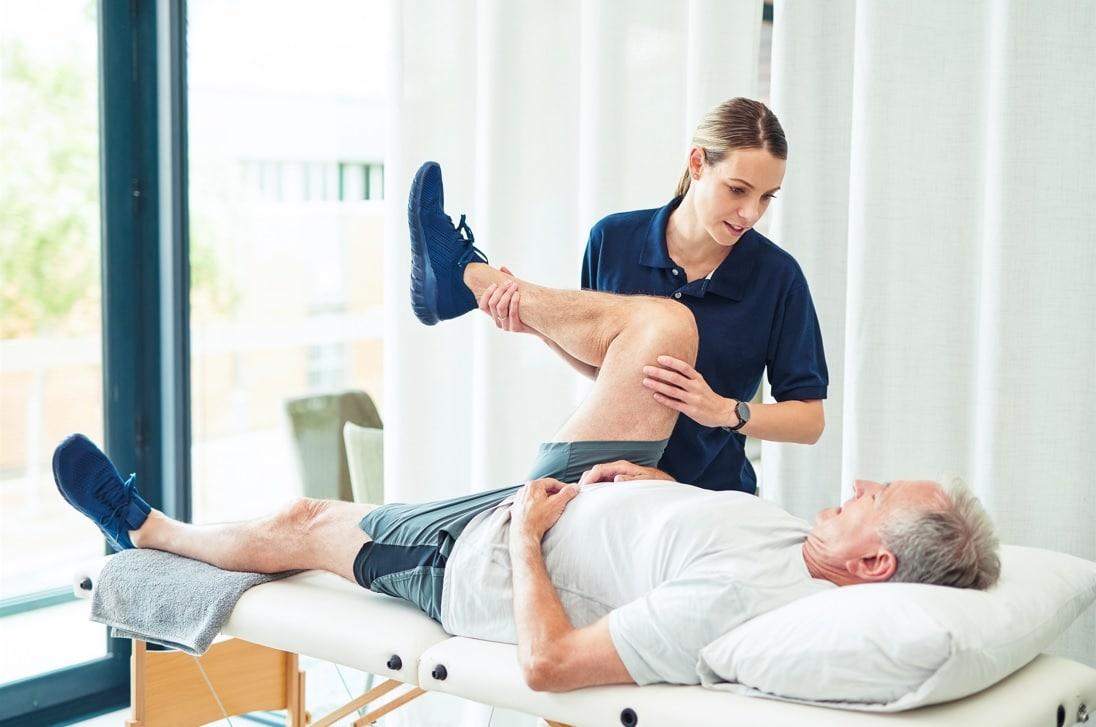Orthopaedic surgery is about more than just the time spent in the operating theatre. The journey begins well before the procedure and continues long after the stitches are healed. Two key stages that shape outcomes are prehabilitation (prehab) and rehabilitation (rehab).
In Perth, where active lifestyles and sporting culture are common, these steps are critical. From hip replacements to ligament reconstructions, patients who focus on preparation and recovery consistently achieve better results.
What Is Prehab?
Prehab refers to structured physical and mental preparation before undergoing surgery. The goal is to strengthen the body, reduce risks, and set realistic expectations.
Benefits of Prehab
- Builds muscle strength around the injured joint.
- Improves flexibility and balance.
- Reduces complications after surgery.
- Helps patients feel confident going into the procedure.
Evidence from Research
A study in the Journal of Bone & Joint Surgery showed that patients who engaged in prehab recovered 29% faster after knee replacement. In Australia, research highlights that prehab can cut hospital stays by nearly two days, saving both time and costs.
The Role of Rehab After Surgery
Once surgery is complete, the recovery phase begins. Rehab focuses on regaining movement, controlling pain, and restoring independence.
Key Outcomes of Rehab
- Restores joint mobility.
- Minimises swelling and stiffness.
- Strengthens muscles for long-term function.
- Supports a safe return to work, sport, or daily life.
The Australian Institute of Health and Welfare reports that around 43,000 hip replacements and 65,000 knee replacements are performed every year. Structured rehab programs are linked to faster recovery and fewer long-term complications.
Why Perth Patients Benefit from Structured Programs
Perth’s medical community offers a wide range of orthopaedic services. Patients often work with surgeons, physiotherapists, occupational therapists, and pain management experts. This team-based model ensures that each stage of care is covered.
Multidisciplinary Support
- Physiotherapists: Guide exercise and mobility training.
- Occupational therapists: Teach safe ways to perform daily tasks.
- Nutritionists: Provide diet strategies to promote healing.
Surgeries Where Prehab and Rehab Make a Difference
Hip Replacement
Prehab improves balance and reduces post-op stiffness, while rehab restores walking ability.
Knee Replacement
Targeted strengthening exercises before surgery help patients achieve better outcomes after surgery.
ACL and Ligament Reconstruction
Rehab is critical for athletes, as it lowers the risk of re-injury and speeds up return to sport.
Shoulder Surgery
Without rehab, patients risk permanent stiffness and loss of function.
Statistics That Highlight the Impact
- The Australian Orthopaedic Association reports over 120,000 joint replacement surgeries annually.
- Patients who complete rehab report 85% mobility improvements within 3 months, compared to 60% who skip it.
- Structured recovery programs cut re-injury rates by up to 40% in sports-related injuries.
Innovations in Perth Orthopaedic Care
Orthopaedic care is evolving, and Perth patients have access to advanced solutions:
- Telehealth rehab sessions for remote support.
- 3D motion analysis to track recovery progress.
- Customised exercise apps tailored by specialists.
- Minimally invasive surgical techniques that reduce downtime.
Emotional and Mental Health Support
Recovering from surgery is not only physical, it is emotional as well. Anxiety, frustration, and impatience are common. Prehab programs help by preparing the mind, while rehab often integrates support groups and counselling to keep patients motivated.
Choosing the Right Orthopaedic Support in Perth
Finding trusted professionals makes the journey smoother. A coordinated approach, where surgery, prehab, and rehab are all managed by the same care team, delivers the best outcomes.
For those seeking expert guidance, working with the best orthopaedic surgeon in Perth ensures comprehensive care that prioritises patient wellbeing at every stage.
Practical Prehab and Rehab Tips for Patients
Before Surgery
- Start prehab as early as possible.
- Focus on gentle strength-building exercises.
- Eat a protein-rich, balanced diet to support healing.
After Surgery
- Follow the physiotherapist's instructions consistently.
- Stay active but avoid high-impact movements.
- Track progress and celebrate small wins.
Long-Term Maintenance
Recovery doesn’t end with rehab. Patients who continue light exercise and maintain healthy routines enjoy lasting results. Activities such as swimming, cycling, and walking keep joints strong without placing excessive stress.
Conclusion
Prehab and rehab are vital parts of orthopaedic care in Perth. They prepare the body, reduce surgical risks, and create smoother recovery journeys. From hip and knee replacements to sports-related ligament injuries, patients who commit to these stages achieve better mobility, less pain, and a higher quality of life.
With world-class specialists and advanced recovery programs, Perth continues to lead the way in orthopaedic patient care, helping individuals move forward with strength and confidence.

